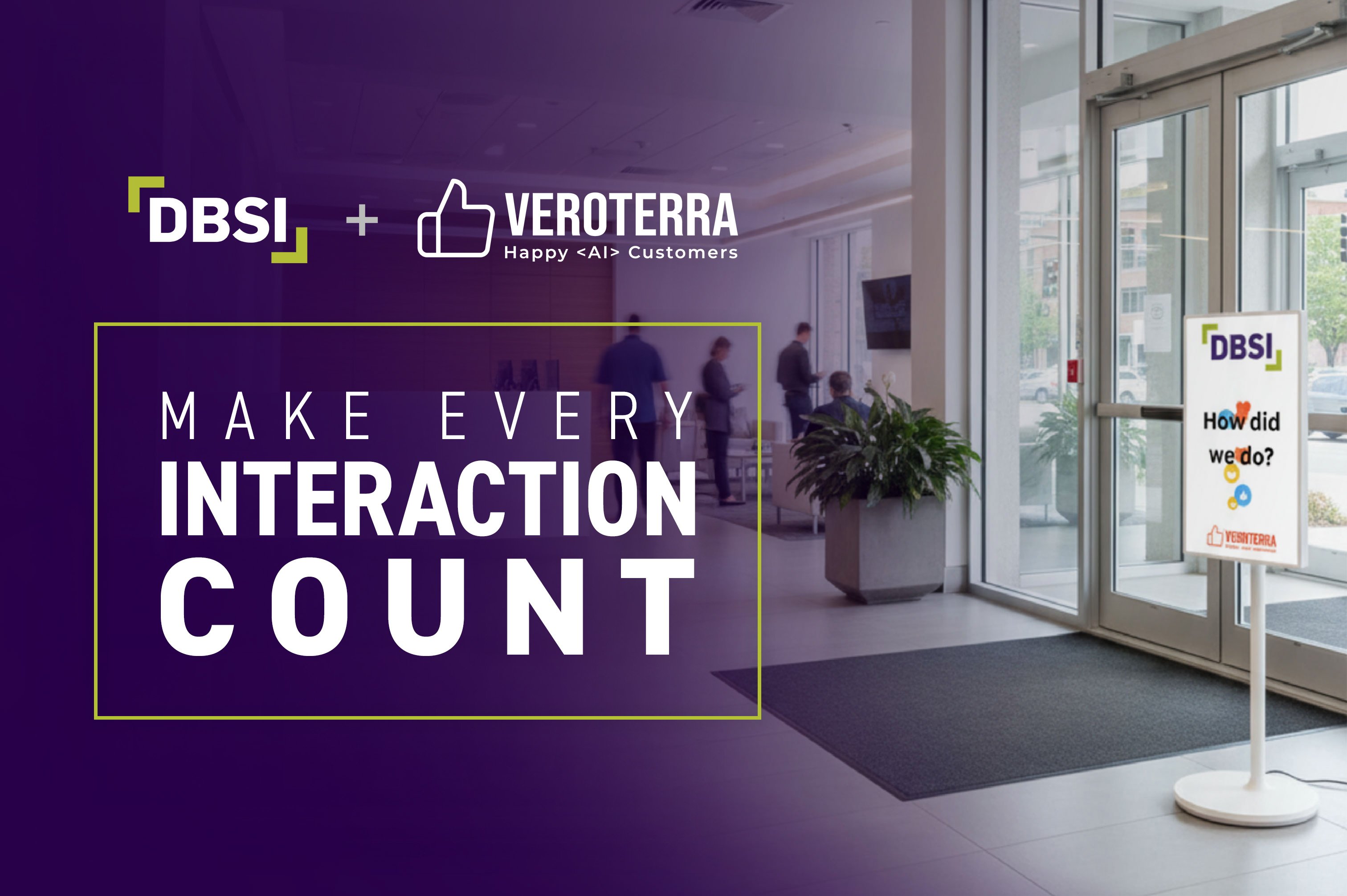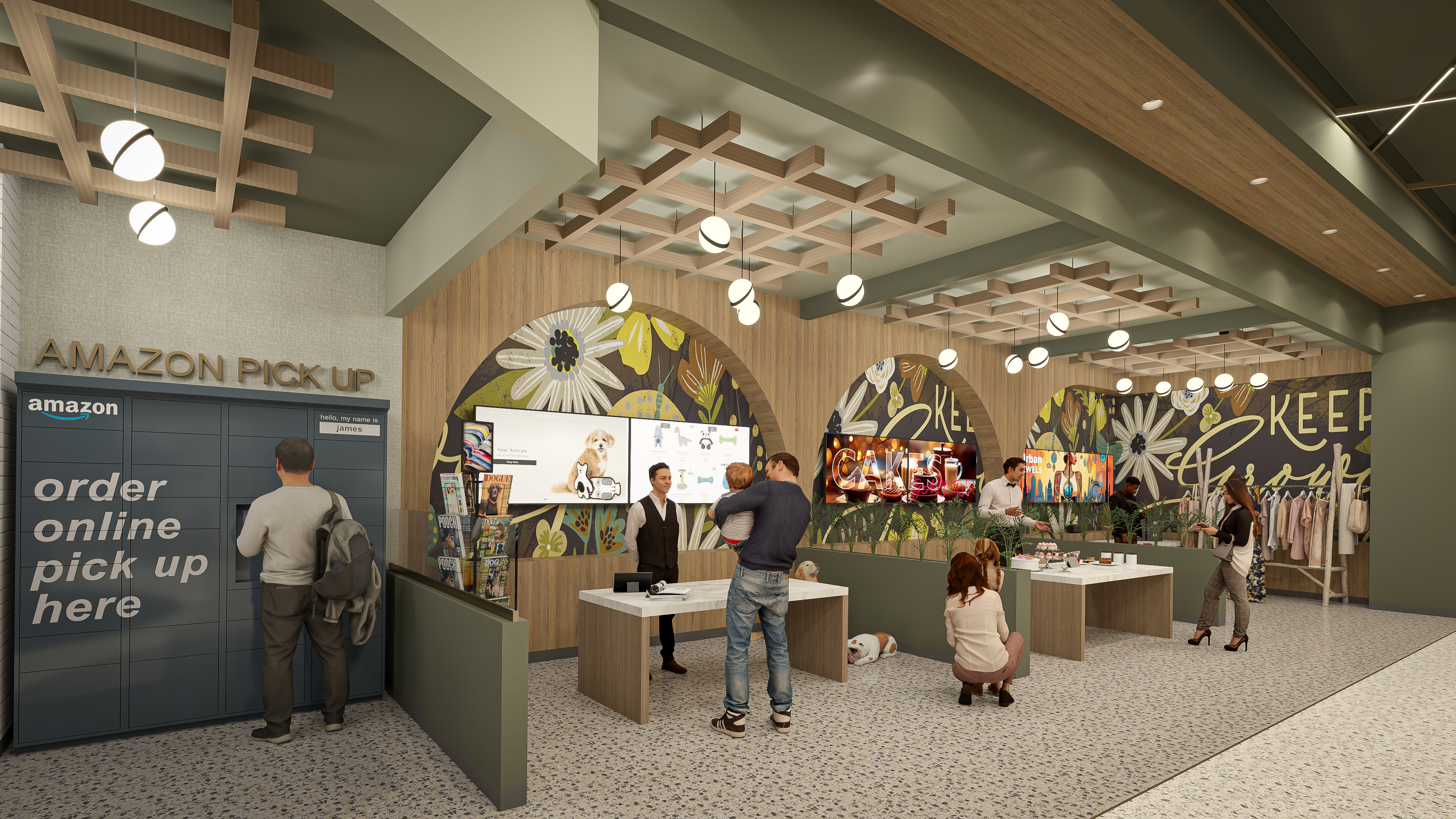
During our most recent webinar, ‘The Past, Present, and Future of Branch Transformation’ we spent some time answering some burning questions that fellow banking executives had surrounding branch transformation. In fact, we got so many good questions that we thought it would be selfish to keep all the great answers locked away in our private knowledge vault. That’s why we have gathered the top 5 questions we received during the webinar, asked our hosts/transformation experts to answer them, and then built a FAQ for you and your team.
Answering your questions, the hosts of the webinar:
Jon Cannon, Sr. Integration Strategist at CFM
Specializing in core integration and branch technologies, Jon knows what it takes to get the most out of a branch design. By considering the individual needs and goals of the branch and the community it serves, he is able to create a strategy that uses the right hardware and technology—ensuring efficiency at the right cost.
Jason Sletten, Transformation Strategist at DBSI
An expert in the design and build part of branch transformation, Jason specializes in helping financial institutions turn their outdated branches into modern, retail-friendly environments. With years of experience and raving reviews, he has helped transform many branches into a branch of the future.
Read on to see their answers to the most asked questions of the webinar...
Q: What are the most common mistakes you’ve seen your other clients make?
Jason’s Answer: “One of the biggest mistakes I see clients making is going into an initiative without determining a strategy and roll-out plan. For example, consider if you decided to move forward with a change in the design of your floor layout and installed self-service solutions to address inefficiencies and create a different client experience. Most execs make this decision, hire a firm to build it, and then call it a wrap. This is a huge mistake. We’ve seen multiple times where people don’t address the training and process aspect of this—leading to a failed investment. So number one piece of advice to avoid this common issue: train your front-line staff to be comfortable with the new environment in order to ensure the success of the roll-out.”
Q: Do you recommend doing all branches simultaneously or one at a time?
Jason’s Answer: “Typically, we suggest that you start with what we call a “flagship branch”. This is the branch where there is the most opportunity to grow your return on investment (ROI). To identify this branch you would perform a branch assessment and location analysis study. Once determined, you would create your strategy for the branch network based on the results seen in this branch. From here, the output would be what we call a ‘kit of parts’ that can now be applied across your branch network to create the consistency that makes a difference between a good and bad client experience.”
Q: How long does it take the average bank to build a branch of the future?
Jason’s Answer: “We do projects across the country in all 50 states. Our standard timelines typically run 14-18 months for new builds and 10-12 months for remodels. That would include an intensive discovery phase (where DBSI comes onsite to understand you and your financial institution), the design of the branch, documentation and engineering, city reviews, and construction of the branch.”
Q: We need to decrease our transaction costs and we’re thinking of self-service. How do you pick the right one for your clients?
Jon’s Answer: “It really comes down to where you have your self-service device located. If it’s in the branch, then self-and-assisted service devices are ideal. If you are looking to place self-service somewhere that you would need to rely on a contact center to assist when your client needs help, then you would need to deploy a device that has interactive teller capabilities (like an ITM). We find is that for most organizations it’s a mixture of the two technologies that delivers the appropriate experience.
Q: Can your self-service and tablet solutions integrate with my core?
Jon’s Answer: “The short answer is yes, Nomadix and NEXT can both integrate into your Core... but not all Core Platforms are created equal. Some of the more progressive Core’s started realizing years ago that they don’t have to be everything to everyone, and that third parties (like DBSI + CFM) that specialize in certain solutions might deliver a better product to their clients than the core could provide themselves. If your Core has an API or developers kit that allows for the push/pull of information, in most cases integrating self-service and tablet solutions is very possible.”
Still have questions?
Schedule a strategy session with one of our branch transformation experts.

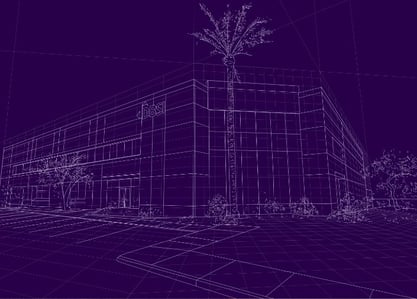












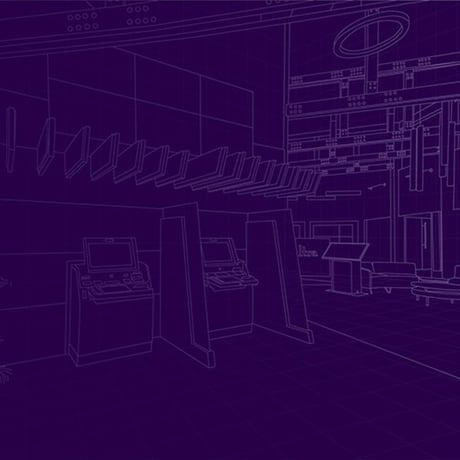
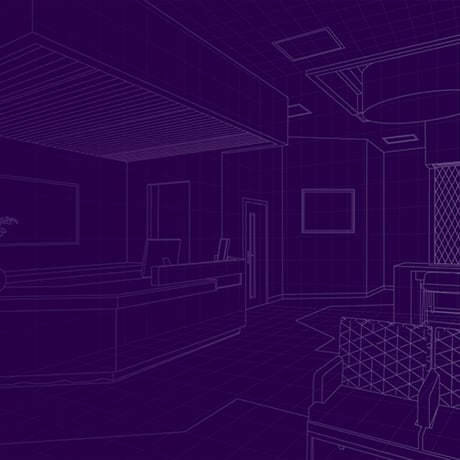

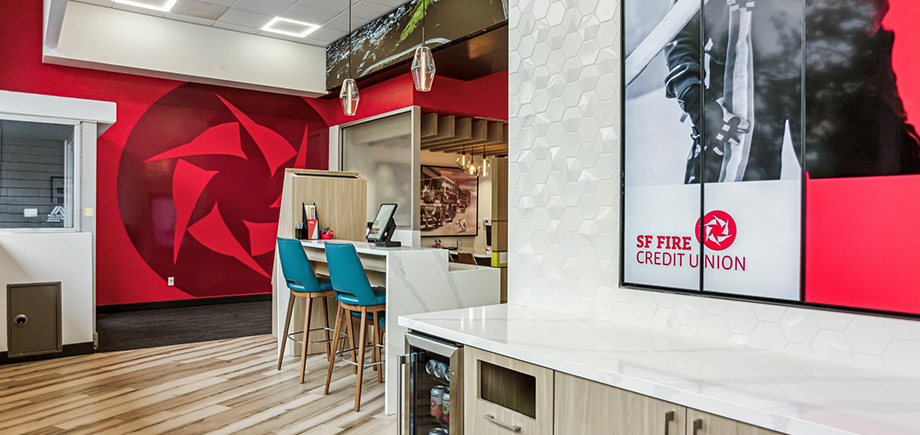
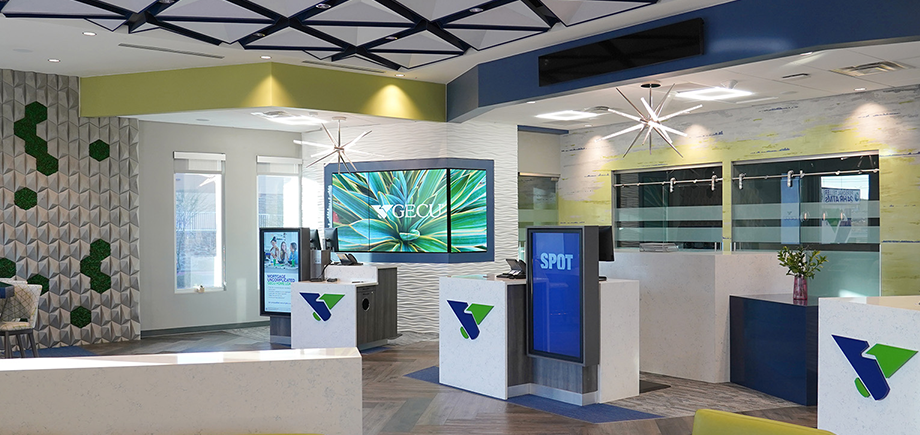





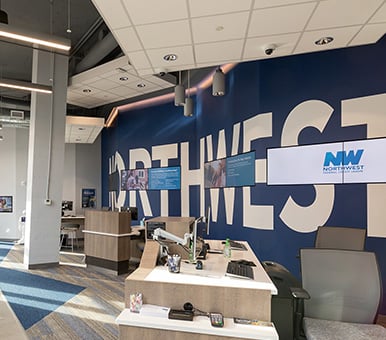
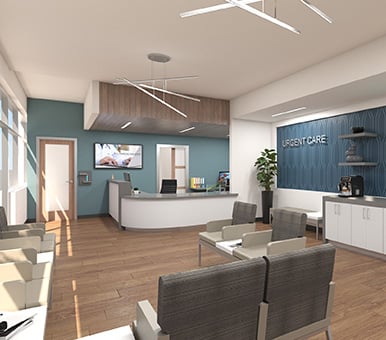







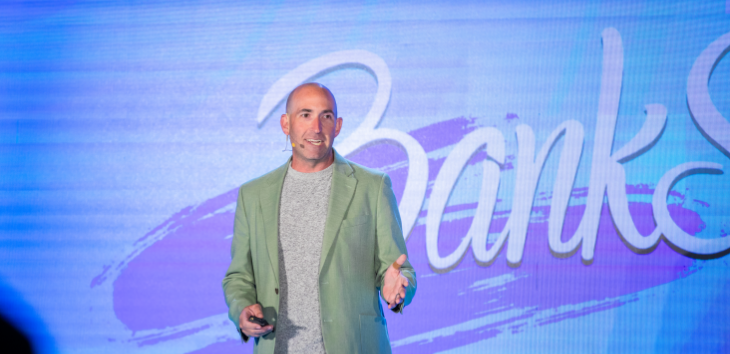

 Emily Sweillam
Emily Sweillam

-4.png)
